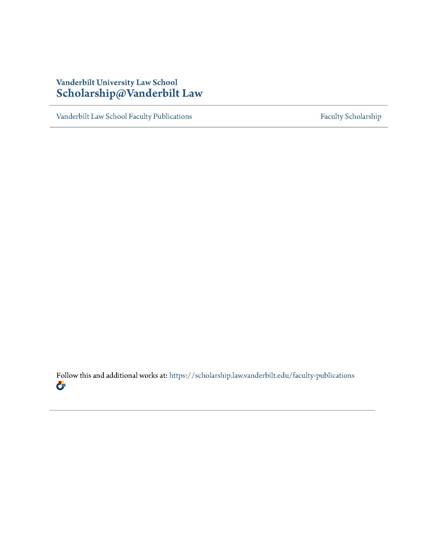
- Federal Power Act,
- federalism,
- energy regulation,
- market policy
The Federal Power Act (FPA) has endured for eighty-five years, in part because it does not embrace a single regulatory approach for the energy industry. Nor does the FPA favor a single approach to federal- ism: it delegates broad authority to the Federal Energy Regulatory Commission (FERC) to regulate the wholesale sale and transmission of energy in interstate commerce, while leaving states considerable leeway to regulate not only retail rates but also power generation and distribution. The statute expanded federal authority over wholesale electric power sales, with the primary purpose of closing regulatory gaps in interstate energy markets.
For the FPA's first fifty or so years, the division of authority between the federal government and the states was clearly understood. During this time, courts routinely invoked a "bright line" rule to keep federal and state regulators in their own lanes as they pursued the common goal of setting rates to protect consumers based on the cost of service. Then, in the 1990s, FERC shifted its policies away from setting rates based on cost to promoting competition in interstate energy markets. FERC's most recent market policies aim to level the playing field in energy re- source bidding, an approach that has little appetite for state programs that favor specific energy resources regardless of price. The bright line seems to have faded.
Available at: http://works.bepress.com/jim-rossi/59/
